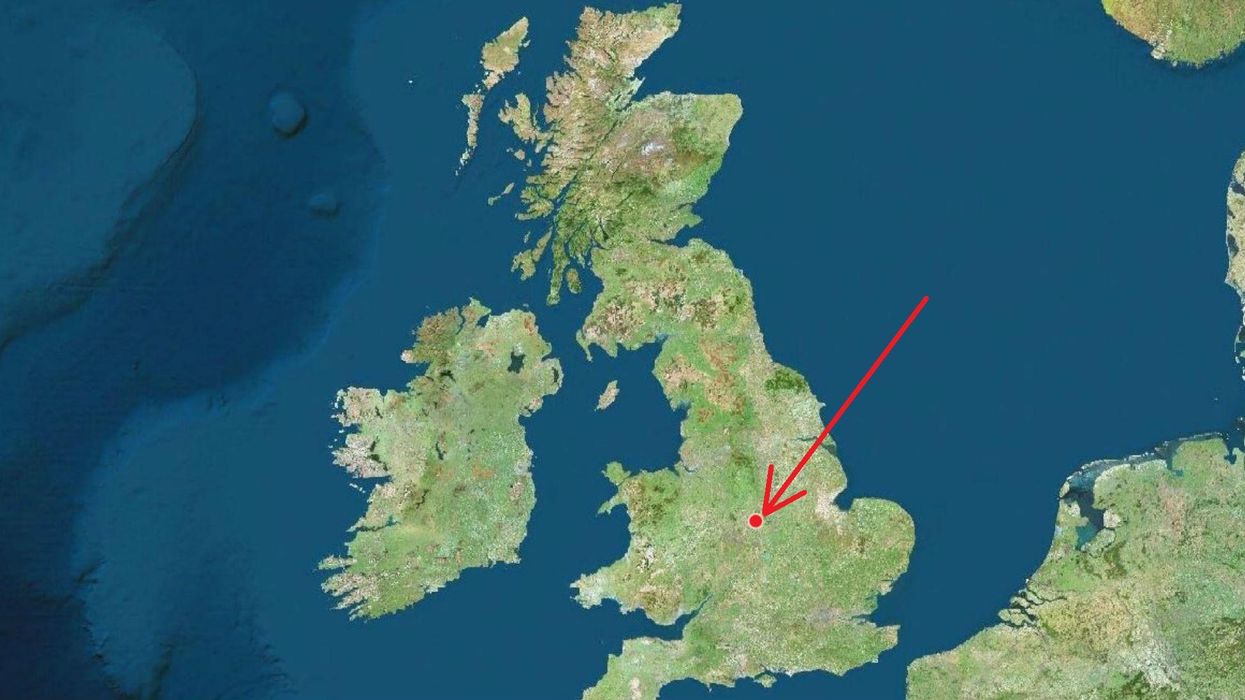News
Joe Vesey-Byrne
Nov 06, 2017

Picture:
Carto/indy100
A quantitative geographer has announced that the North is no longer where we once thought it was.
New research from the University of Liverpool into population data, has found that the centre of the UK's population density has moved further south over a 40 year period.
The study is based on the PopChange data resource, the first to look at population density by the square kilometre using each Census as a marker.
It found that Snarestone in Leicestershire is now the centre of the British people.
Chris Lloyd, Professor of Quantitative Geography at the University of Liverpool said:
Our study of population changes in Britain finds that the population centre for each Census has moved steadily further south from Upper Midway in Derbyshire to Snarestone in Leicestershire, as the population of the country has shifted towards the South East.
This reflects a north-south divide in population growth, with more rapid growth in London and the South East of England than elsewhere.
According to the ruler tool on Google Maps, the distance between the coordinates for Upper Midway, and it's southerly cousin Snarestone is roughly 11.88 km as the crow flies.
On this basis, the centre of the population has moved South on average of 297 m per year.
At this rate, Oxford will be on the the North-South border by the year 2714.
It was not all doom and gloom for cities outside London, according to Lloyd, the data also showed that they had recovered since the 1970s dip.
However, we also discovered that many heavily populated urban areas that had experienced very large population decreases during the 1970s have largely recovered, particularly since 2001, and are now back at, or exceed, the levels they were at in 1971.
This urban growth links to opportunities, such as in employment, but also to challenges such as increasing overcrowding seen in outer London and other urban areas.
More: Ross Kemp went to a Glasgow jail and people needed subtitles
Top 100
The Conversation (0)













